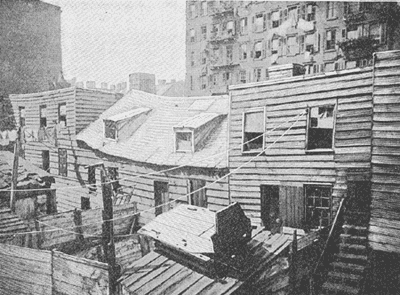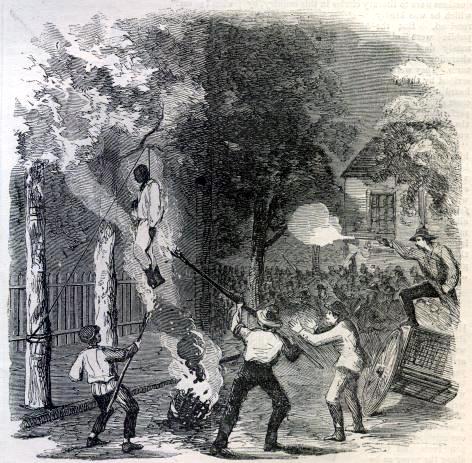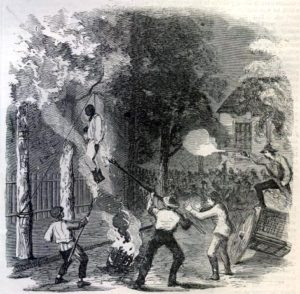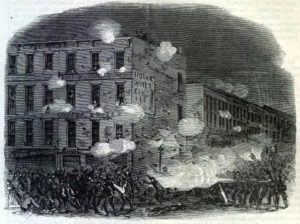My name is Kaitlyn McNulty. I’m from Long Island and am a sophomore here at SUNY Geneseo studying English Education. Along with literature and writing, I’m also very interested in history. For my research project and the independent part of our group project, I mainly focused on the living conditions of Irish immigrants and the draft riots of 1863. The common denominator between all of our individual research that tied our projects together was the topic of immigration and the struggles and hardships the Irish faced that came with leaving their home country.
My name is Anna Briganti. I am a freshman here at Geneseo and am currently an english major. I am from Lewiston, NY which is about 15 minutes from Niagara Falls, NY. The biggest thing that I had researched in regards to my research project was the Irish famine and the specific Kindred Spirits memorial that was built in memory of the famine. That topic interested me in the way that the sculptor represents the donation of the Choctaw tribe. The main topic that our group had focused on was the immigration process and everything that led up to the cause of immigration.
Jeanmarie Ryan is a senior history major from the Syracuse area. She researched Irish experiences on coffin ships, focusing on the long term effects of these experiences on emigrants, and the way these experiences were memorialized. This research tied back to our project as a whole, as we focused on the disconnect between the aspects of Irish immigration that are memorialized and the aspects that are ignored.




